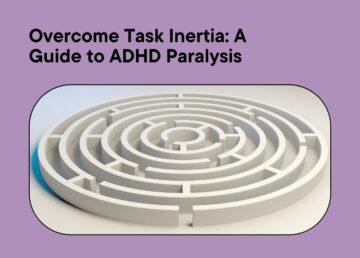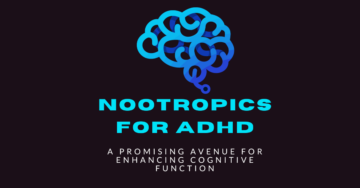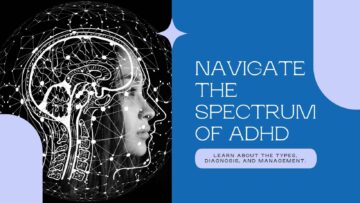
One of the most complex parts of dealing with ADHD is understanding and acting on some aspects of yourself that you want to work on.
Today we’ll look at some of the best ways to manage and control your ADHD – all without needing to pay for expensive therapy sessions.
What is ADHD, and how can you recognize it?
Interesting fact – ADHD is more common in men than women. In fact, an analysis of 53 studies featuring 100,000 participants found a 2:1 male / female ratio in young people.
Most adults who seek an evaluation for ADHD, however, experience significant problems in one or more areas of life, with the most common being:
- Inconsistent performance in jobs or careers
- History of academic underachievement
- Poor ability to manage day-to-day responsibilities
- Relationship problems due to not completing “life admin”
- Forgetting important things or getting upset over minor things
- Chronic stress and worry due to failure to meet responsibilities
- Frequent, intense feelings of frustration, guilt, or blame
ADHD tends to run in families, and, in most cases, it’s thought the genes you inherit from your parents are a significant factor in developing the condition.
Research shows that parents and siblings of someone with ADHD are more likely to have ADHD themselves.
Top tips for ADHD-management
Cognitive Behavioral Therapy (CBT) is a fantastic form of ADHD treatment. CBT aims to replace negative thinking patterns with new ways of looking at your feelings.
It can help you with the “life impairments” you may suffer from, such as time management and procrastination.
Sensa utilizes CBT in combination with content prepared by professional behavioral therapists in order to give you the best chance of managing your ADHD.
So, without further ado, here are some of our top tips for getting a grip on your ADHD once and for all.
Develop structure and neat habits – and keep them up:
To organize a room, home, or office, start by categorizing your objects and deciding which are necessary and which can be stored or discarded. To manage yourself, get in the habit of taking notes and writing lists.
Create space:
Ask yourself what you need on a daily basis, and find storage bins or closets for things you don’t. Throw away stuff you don’t need.
Use a calendar app or day planner:
Effective use of a day planner or a calendar on your smartphone or computer can help you remember appointments and deadlines. With electronic calendars, you can also set up automatic reminders so scheduled events don’t slip your mind.
Use lists:
If you decide to use a daily planner, keep all lists and notes inside it. You also have many options for use on your smartphone or computer. Search for “to do” apps or task managers.
Deal with it now:
If a task can be done in two minutes or less, do it on the spot rather than putting it off for later.
Ready to get started?
Developing an action plan can be super helpful when the possibility of numerous solutions becomes overwhelming.
We can start problem-solving in these simple steps:
- Identify the problem: Write out what’s bothering you.
- Come up with solutions to obstacles: Brainstorm and don’t judge any ideas, simply put all of them out in the open.
- Try to think of more than one way to resolve the problem.
Actually, there are plenty more steps to follow in order to get your ADHD under control – you can find those by claiming your personalized ADHD-management plan below!





